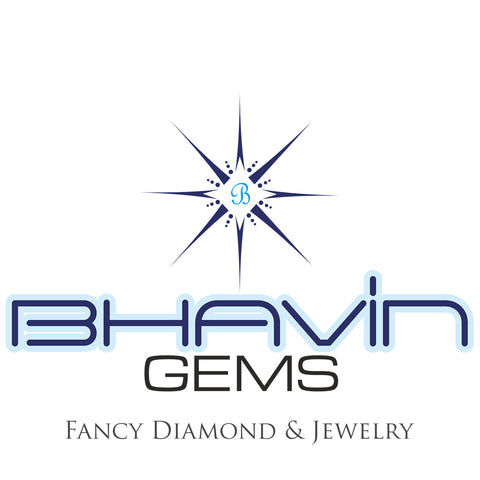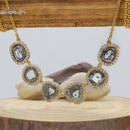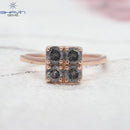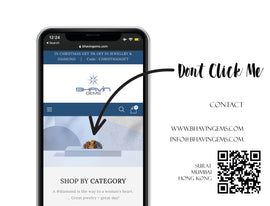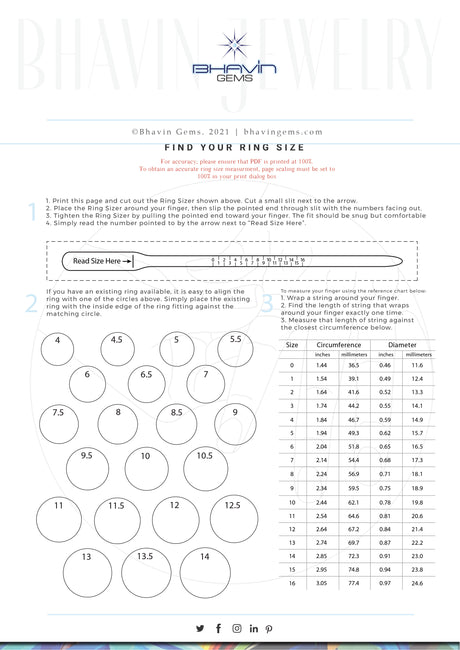What is Diamond Rough? A Guide to the Unpolished Gemstones
A diamond is one of the most precious and sought-after gemstones in the world, but few people know the journey that each diamond takes from the moment it is mined until it reaches its final destination in a piece of jewelry. In this blog post, we'll explore the fascinating journey of a diamond rough from the mine to the market.
- Mining and Extraction
The first step in the journey of a diamond rough is the mining and extraction process. Diamonds are found deep within the earth, usually in kimberlite pipes, volcanic formations that are rich in minerals. Mining companies use a variety of techniques to extract the diamond rough, including open-pit mining and underground mining. Once the rough is extracted, it is sorted based on size, shape, and quality.
- Sorting and Grading
Once the rough diamonds are extracted, they are sorted and graded. The sorting process involves separating the diamonds based on size and shape. The grading process, on the other hand, involves assessing the quality of the diamonds based on the 4Cs - carat weight, color, clarity, and cut. This is an important step in the journey of a diamond rough, as it determines the value and potential uses of the rough.
- Cutting and Polishing
After the diamonds have been sorted and graded, the next step in the journey is cutting and polishing. This process is typically carried out in cutting and polishing centers around the world, such as Antwerp, Mumbai, and Tel Aviv. Highly skilled diamond cutters and polishers use specialized tools and techniques to transform the rough diamonds into polished gemstones that sparkle and shine.
- Certification
Once the diamonds have been cut and polished, they are sent to independent laboratories for certification. These labs assess the quality of the diamonds and issue certificates that provide information about the diamond's 4Cs, as well as any additional features such as fluorescence. This certification is important for both buyers and sellers, as it provides a standardized way to evaluate and price diamonds.
- Sales and Marketing
After the diamonds have been certified, they are sold through a variety of channels, including diamond dealers, wholesalers, and retailers. The final destination of the diamonds depends on the intended use, with some diamonds ending up in high-end jewelry stores and others being used for industrial purposes. The marketing of diamonds is a complex and sophisticated process that involves creating demand for the product through advertising, promotions, and other marketing strategies.
In conclusion:
the journey of a diamond rough from mine to market is a fascinating and complex process that involves multiple steps, from extraction and sorting to cutting and polishing, certification, and sales and marketing. Each diamond has a unique story and a journey that is as interesting as the finished product itself. Understanding this journey can help us appreciate the true value and beauty of this precious gemstone.
FAQs related to diamond rough:
- Diamond rough refers to the uncut and unpolished form of a diamond that has been extracted from the earth.
- How is diamond rough mined and extracted?
- Diamond rough is typically mined through open-pit or underground mining methods, depending on the location and geology of the deposit.
- Once the diamond rough has been extracted, it is transported to a processing plant for sorting and grading.
- How is diamond rough graded and sorted?
- Diamond rough is sorted and graded based on its size, shape, and quality.
- The grading process involves assessing the diamond rough based on the 4Cs (carat weight, color, clarity, and cut) to determine its potential value and uses.
- What is the diamond cutting and polishing process?
- The diamond cutting and polishing process involves using specialized tools and techniques to transform the rough diamond into a polished gemstone.
- The diamond is first cut into a shape that maximizes its brilliance and fire, and then polished to create a smooth and reflective surface.
- What are some factors that determine the value of diamond rough?
- The 4Cs (carat weight, color, clarity, and cut) are the primary factors that determine the value of diamond rough.
- Other factors that can influence value include the shape of the rough, the presence of any inclusions or blemishes, and the market demand for diamonds of a certain size, color, or shape.
